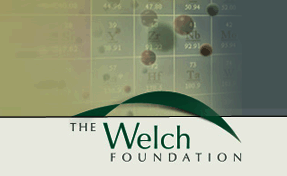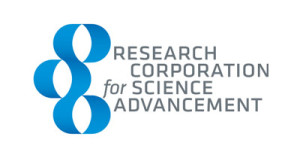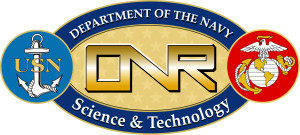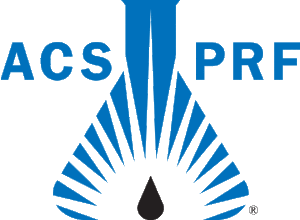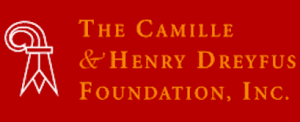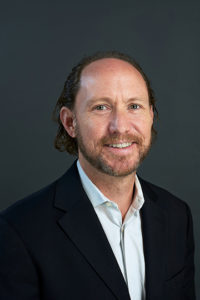 Michael J Rose
Michael J Rose
Associate Professor
Director, Center for Electrochemistry
Fern & Evan Kyba Professorship
Google Scholar
CV May 2024
Awards and Highlights
2019 Keck Foundation Grant
2017 Ed Stiefel Young Investigator Award
(Metals in Biology GRC)
2016 Cottrell Scholar
2015 CNS Teaching Excellence Award
2013 Office Naval Research Young Investigator
2013 ORAU Ralph Powe Junior Faculty Award
Prof Rose joined the faculty of the Department of Chemistry at UT Austin in the Fall of 2012. His primary interests span several projects in the field of synthetic inorganic chemistry. Mike has established his research group in the areas of synthetic bio-inorganic chemistry, solar fuels & semiconductor functionalization, and heavy main group/1st row metal interactions and magnetism.
Mike graduated from University of California, Davis in 2000 and worked in industry for two years at Roche Biosciences (Palo Alto, CA). While at UC Davis and Roche, he developed an interest in the molecular and functional aspects of enzymology and G-protein coupled receptors.
Upon matriculating to graduate school at UC Santa Cruz for biochemistry, Mike continued his interest in enzymes but gained a new interest in bio-inorganic chemistry — in particular metalloenzymes. He joined the research group of Prof Pradip K Mascharak, (who postdoc’d with Profs Steve Lippard (MIT) and Dick Holm (Harvard)], and Mike worked on synthetic modeling of iron-containing Nitrile Hydratase (Fe-NHase), which contains unique motifs in iron-sulfur, iron-carboxamide and nitric oxide (NO) bonding. His graduate research also focused on the development of novel ruthenium-based nitric oxide (NO) carriers for photodynamic cancer therapy, sensitized with visible light chromophores.
In 2009, Mike was appointed a postdoctoral fellowship funded by the Solar Fuels Center for Chemical Innovation (NSF), headed by PI’s at Caltech and MIT. He performed research under the guidance of Profs Harry Gray and Nate Lewis, and in 2010 was awarded an NSF ACC-F postdoctoral fellowship. At Caltech, he developed a new iron-based hydrogen electrocatalyst derived from a perfluorinated ligand. He also developed an interest in merging synthetic chemistry with semiconductor surface chemistry, in particular the attachment of molecular species to silicon surfaces.
As an Assistant Professor, he primarily focused on developing scaffold-based synthetic models of mono-[Fe] hydrogenase, as well as coupling molecular units and catalysts to silicon(111) surfaces. These efforts yielded the first functional [Fe]-H2ase model compounds for hydride transfer, hydride abstraction and H2 activation. On the silicon side, Mike’s group demonstrated a wide variety of organic and inorganic complexes that could be covalently attached to silicon to tune the electronic and catalytic properties of these semiconductor (photo)electrodes.
In the current research phase, he has broadened his Bio-Inorganic research project to include the pursuit of authentic, inorganic-carbide-based model clusters relevant to the FeMoco site of nitrogenase. There are presently no known synthetic methods to produce such clusters. In the hydrogenase project, with functional synthetic models now in-hand, Mike is now focused on interrogating secondary structure effects like molecular flexibility and protein environment on structure and reactivity. On the silicon side, preparing highest-efficiency p-type photoelectrodes (for H2 evolution and MV2+ reduction) remains the guiding light. Also, a new collaboration with Prof Sean Roberts is focused on engineering ideal interfacial structures that enable not electron-transfer, but rather energy transfer (Dexter mechanism) across the interface. This involves developing fundamental understanding of bonding, group theory and electronic properties of the molecularly functionalized interface. Lastly, the Heavy-Atom sub-group continues to make strides towards binding the heaviest, stable element on the periodic table (Bismuth) to paramagetic 3d metal centers. The possible magnetic and catalytic properties of such complexes remain effectively unknown due to a lack of synthetic methods to make covalent Bi-M(3d) bonds.
In his spare time, Mike enjoys spending time with his family, playing soccer, trail running and racing around Austin, listening to 90s rock, and challenging other research groups to kickball matches.
Courses Taught
CH390K/366D: Bio-Inorganic Chemistry & Spectroscopy
CH390K/366C: Organometallics & Catalysis
CH341: Advanced Lab Techniques in Inorganic Chemistry
CH367C/390K: Chemistry of Materials
CH 431: Inorganic Chemistry (Undergrad / Junior course)
Funding Acknowledgments



Past Funding

